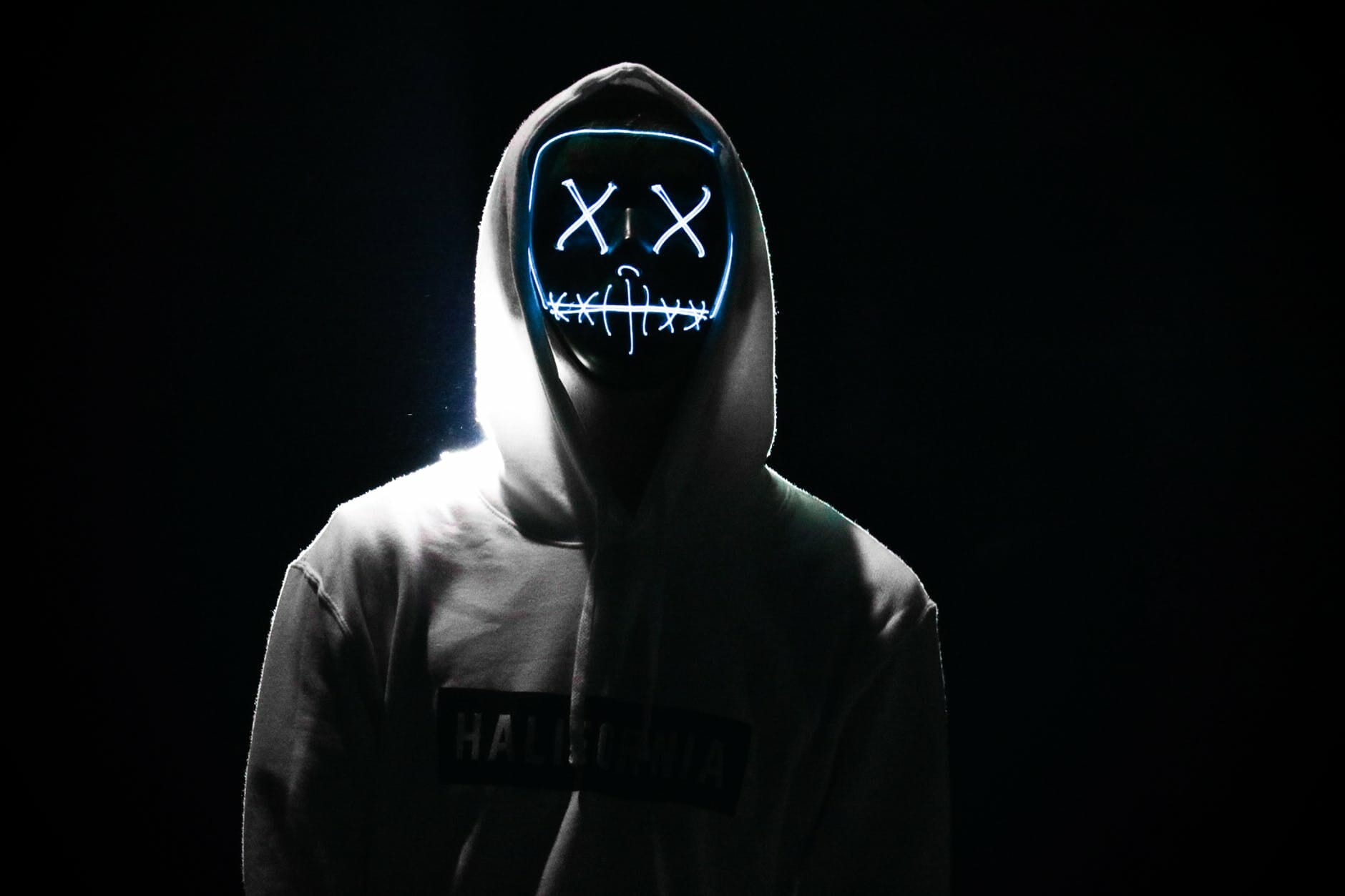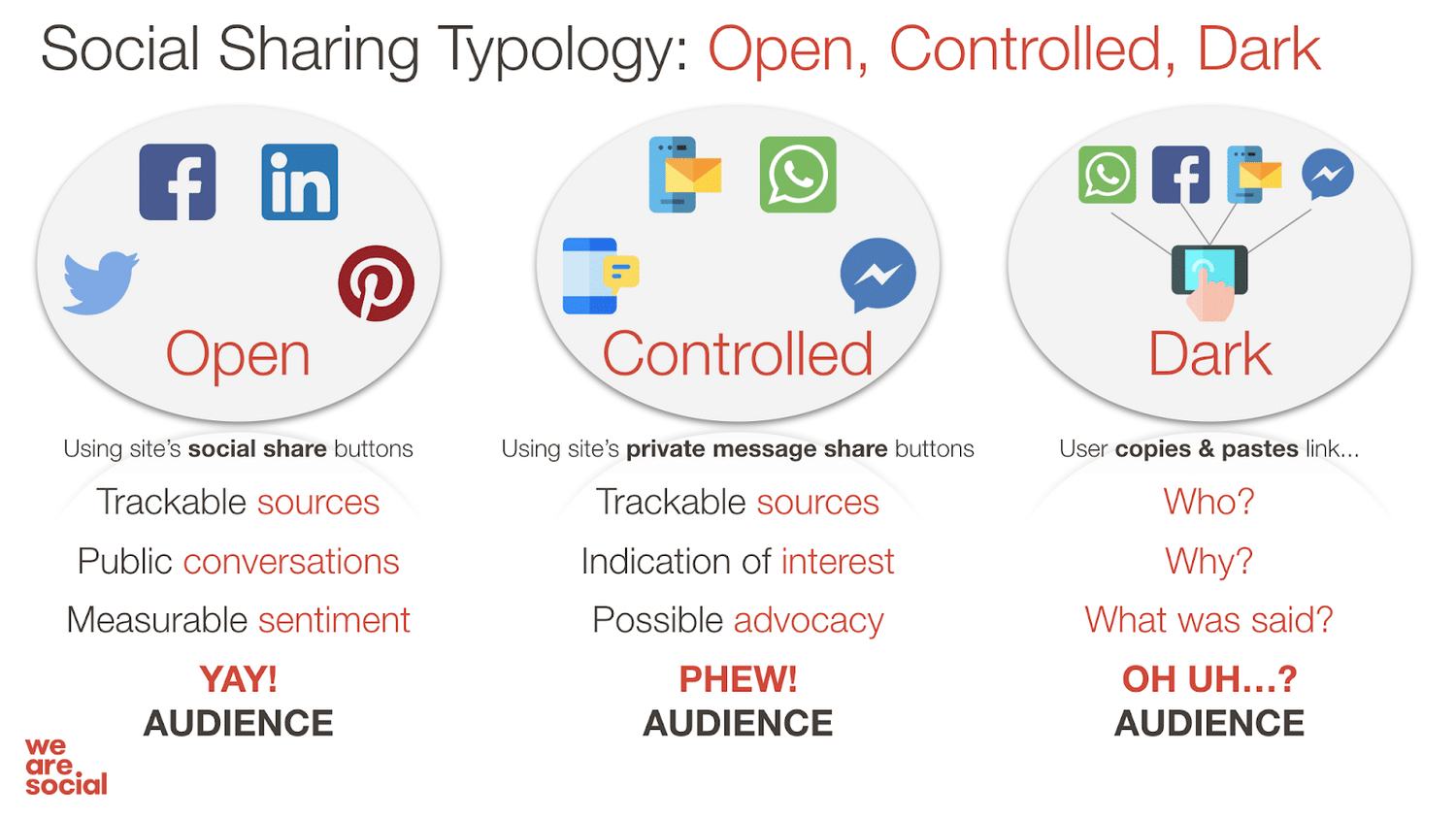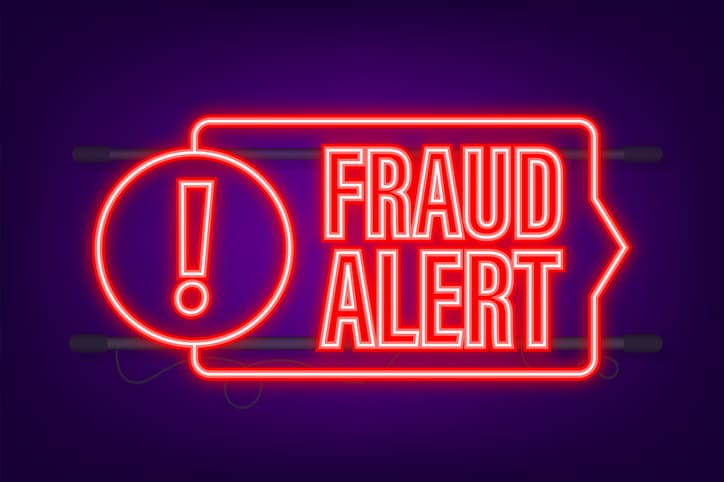
One of the biggest trends I’ve seen in the last 12-18 months has been a considerable rise in the use of dark social. Dark social sounds like a scary secret place on the internet but it is a massive opportunity for marketers, and many people get confused with what dark social is. So in this post, I thought I would share my thoughts on why I believe dark social is worth considering during 2020 and why you should start trying to track it more accurately.
So what is dark social?
Well, firstly it is not dark posting which is part of a paid strategy. Dark social is also often used as a catch-all term for private messaging apps. Private messaging is involved, but it isn’t entirely dark social. Dark social presents a big opportunity because of the way it works; someone pastes an URL into an email or an instant messenger and shares it with them. The user will paste the link of a secure https or a non-secure HTTP and you can still this website traffic, but it gets sent to the ‘direct’ section in Google Analytics. So the first thing to say is to stop worrying – it isn’t completely gone, and it isn’t a secret. Some of you may have noticed, in the last 18 months or so, direct traffic in Google Analytics has increased while your social media referrals have reduced. You may have also not noticed because you weren’t looking for it as well – don’t worry. If your direct traffic has increased this can be a clear indicator that your content is still being shared and is accessible, which is fantastic but now you need to find it so you can stay on top of it. According to a recent study, 84% of on-site shares globally are now coming through dark social, compared to just 9% from Facebook and 7% from all of the other networks. This study shows there is a real opportunity to tap into, but you have to treat it differently. There are three clear categories that I found from a graphic from the brilliant guys at We Are Social that gets straight to the point quite well:

1. Open Social Media
Open social media is the regular social channels that we all know and love Twitter, Facebook, LinkedIn, Pinterest all pretty much open. OK, not ‘fully accessible’ and we won’t even get into the Walled Garden discussion today but open as a standard social channel. Twitter has got a fully open API, and you can track and read everything that is published on that platform. The great thing about these sites is that they were trackable sources where people had conversations on them, and as marketers, we could track them. If we can track them, we can manage, monitor them and even measure our brand sentiment, which is excellent, so we could always see what your audiences were up to.
2. Controlled Social Media
The second category is controlled social media; this is your classic set of social sharing buttons that you get on any official product pages on e-commerce sites or any website for that matter. There is nothing that different about them; you have the sharing buttons, such as the WhatsApp or Messenger buttons. These are still partly trackable as you can track how many people click the WhatsApp or messenger buttons and collect these clicks on your page in your data through Google Tag Manager. The clicks and shares still clearly give you an indication of how interested your readers/users are in your content and how much they wanted to share it. If you can see if you are getting loads of shares from a particular page, you can still see if that content is popular whether that is on a standard social platform or a darker one.
3. Dark Social
Dark social is different however and slots into the final category; this is why I use it my training. So you’ve got to ask yourself if so many people are sharing our content through dark social is it still working? Is my content isn’t going to waste? There should still be some kind of return on investment. I have been giving my social media trends presentations for several years now, highlighting the key things from year to year, but dark social is one thing that has excited me. However, it has come from one other thing that has disappointed me, and that is HATE…
The Rage Machine
In 2018 one of the more interesting trends that I noticed was outrage on social. We love to be outraged at everything. Outrage is what the trolls love, and it is anything shared through Facebook that gets users to click the angry button. However, the irony is that if you do click the angry button, the algorithm then serves you even more content to make you angry, which always makes me smile. You have to laugh at the irony in that. So the proliferation of outrage on social media in 2018 prompted more people to be wary of what to share on social media. We all started to be more careful as we didn’t want the blowback from at least one person. It seems we would look at something and decide whether it’s controversial or entertaining and just be that bit cagier about what to share. Dark social seems to have sprung up in popularity because people don’t like being attacked by the trolls. I know several people who have had the trolls attack them, which is the horrible element of social media and one of the reasons I believe some people have grown to hate it.
The social networks need to take responsibility
The social media networks have been calling out for more Government legislation. To make it more challenging for people to share anything and everything on social media, but I think that is the responsibility of the networks themselves to use cleverer AI and all the technology they’ve got to minimise this nasty, angry, negative behaviour on social. The could do it if they had to. Nobody likes the trolls – so let’s get rid of them. Instagram just a few months ago launched a new tool that identified troll-like behaviour. The new tool stops nasty, aggressive comments being automatically posted and shared which is a great start but all the other networks going to be able to do the same thing
Stop the keyboard warriors
All of the social platforms should be looking at ways to minimise these issues and to stop these horrible little people. I believe we call them the ‘keyboard warriors’ from sending people they have never met nasty messages and criticising their lives. This is the stuff that makes social media terrible, and this is exactly the type of stuff that needs to be removed from social altogether. The negativity needs to stop now.
Social Networks need to take ownership
I’ve seen spokespeople for Facebook like Sir Nick Clegg saying that it’s for government to legislate, not for the social media networks to do this. However, I disagree with this. I think it’s definitely for the social networks to lead the way. Take some bloody ownership and lead! This is not stopping freedom of speech; it will be stopping this negative, nasty, vicious circle that we have got ourselves into. Social networks need to take ownership of this now before consumers move to other things.
Flagship report on Social Media
According to this flagship report on the latest trends in social media, 63% of people have said that they typically share information via private messaging networks that’s almost two-thirds. It also found that 38% in the UK and the US feel much more comfortable sharing content on private messaging apps. This is clearly illustrating my point that we are more comfortable sharing content on private networks because it means that we won’t be criticised by others. In other words, we can avoid the Rage Machine. To reinforce the point, another entirely separate study by the Drum highlighted the growing appeal of the private messaging apps. Two-thirds of people in that report also said they preferred those channels to share, recommend and comment on so it seems that everybody is really careful where they share their content.
So what does this mean for social marketers?
A campaign can be identified as dark social using a simple process of deduction. You just need to spend a little bit of time in Google Analytics, looking at direct traffic and making simple deductions. You should be able to see who is sharing what and when where. If you can get to the bottom of your data, then you have a real opportunity. If you want a helping hand in that take a read of this post. So now you can see who is sharing what, when and how. You can also deduct whether dark social is driving people to your most profitable content – great news; this is a big step forward. This means you can see if this is the content that is engaging people or you are simply wasting your time. More than that, though – you can start to see trends in what content gets shared on dark social and what does not. Which type of content works best on dark social? How can we encourage more of this? After all, if you are looking to get eyeballs on your content – who cares if it is dark or light? So if you know what works now, you can use it to your benefit. If you want ideas you’ve got all sorts of things you can do such as:
- surveys with people
- mini-surveys social using focus groups interviews and then the resulting in fluid intelligence can potentially build a more holistic picture turn on one set of technology alone.
The opportunity for marketers of dark social
All of us marketers can use a suitable channel such as Facebook Messenger or WhatsApp to seed your finest and latest exclusive content. People want to be sharing exclusive content on Dark social, so why not give it to them personally? I don’t mean sell hard – oh god no! Brands need to stay away from the hard sell and pushing too many marketing messages and selling product. This isn’t about selling; dark social is now about building relationships and empowering people to share your content on these platforms. Dark social in 2020 provides one of the biggest opportunities from social media in quite a long time. We have gone back to the relationship side of influencer marketing. I actually hate that term I prefer ‘influencer relations. You need to relate to your public – I am a public relations practitioner. You need to treat these people like real people and give them the content that they want to share and make it better and easier for them to share it. Have you found success in dark social? Let me know how in the comments.
Chris Norton is the founder of Prohibition and an award winning communications consultant with more than twenty years’ experience. He was a lecturer at Leeds Beckett University and has had a varied PR career having worked both in-house and in a number of large consultancies. He is an Integrated PR and social media blogger and writes on a wide variety of blogs across a huge amount of topics from digital marketing, social media marketing right through to technology and crisis management.


